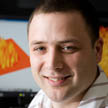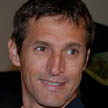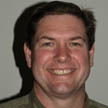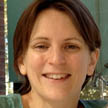I’m a Scientist is like school science lessons meet the X Factor! School students choose which scientist gets a prize of $1000 to communicate their work.
Scientists and students talk on this website. They both break down barriers, have fun and learn. But only the students get to vote.
This zone is the Boron Zone. It has a range of scientists studying all different topics. Who gets the prize? YOU decide!









I don’t know this one, Matthew or Simon might? However it is the kind of question there is likely to be lots of information (not all of it factual) on the web. So go searching, but look for sites that are credible.
0
Do you mean, how far does the effect spread (i.e. the radiation) after it has exploded? I don’t know the answer, it would depend on how big the bomb was, but it would be a very big number. Also would depend on things like wind and other weather conditions.
0
I assume that you mean the blast radius? The blast radius is the radius of total destruction and is very dependent on the size of the bomb and where it is exploded (on land, in the air or underwater).
I don’t know all the details, but the Hiroshima atomic bomb exploded in the air above the city and caused almost everything within a radius of 1.5 km to be destroyed. That was a bomb with a “small” yield of about 21 kilotons of TNT. The bombs that have been built since a hundreds of kilotons or even a few megatons, so they would cause far more damage.
0
Lucky Simon answered as I did not know
0
This wikipedia page has a summary of the effective blast radius for different bomb yields and different types of destruction:
http://en.wikipedia.org/wiki/Effects_of_nuclear_explosions
eg a 20 megaton bomb levels all buildings within a 6.4km radius.
Did you know that bomb yields are measured in “effective mass of TNT” ? 20 megatons = 20,000,000,000 kilograms of TNT!
0